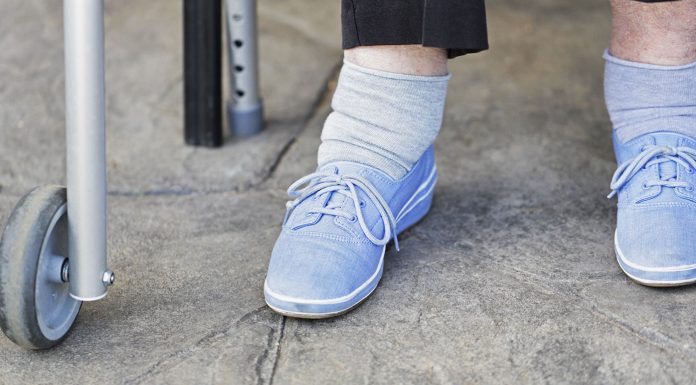I entered the nursing profession 50 years ago as a young idealist, never imagining I would still be at it five decades later, albeit in a difference guise.
In the 1960s, nursing was seen as a very suitable profession for a young woman, not to mention great preparation for domesticity and motherhood! At the tender age of 17, accompanied by my mother, I entered the nurse’s home, not unlike entering a nunnery, I thought at the time. There waiting in my allotted bedroom were the three other young things I was to share the room with –and the uniforms that we were instructed to don.
Struggling with starched collar and caps, not to mention cufflinks to hold everything together, we shyly dressed, watching each other take on the mantle of student nurse – much like convent novitiates. Those young women were to become my lifelong friends.
Celebrating 50 years in a profession does lead you to reflection. Firstly, where on earth did those years go? And secondly, how has the profession changed over that time? On reflection, apart from much higher levels of acuity in hospitals now and only having one day off a week back then, nursing is much the same, as we deal mostly with people.
Nursing in the 1960s mirrored the society of that time. It was hierarchical, steeped in biomedicine, patriarchal, and women knew their place. We were, by and large, very proud of our profession and were respected for what we did – good gals doing what good women do!
So how much have things changed? Certainly, the second wave of feminism flew through, although how much this movement influenced nursing is debatable. Nursing education moved, slowly, away from the apprentice-style bedside training into educational institutions, a move some still question. Patient-centred care emerged, as did a push to professionalise nursing.
Today registered nurses (RNs) are no longer just RNs, they are nurse specialists, consultants, practitioners; and district, practice, or public health nurses – enough roles and titles to confuse even those familiar with them. Patients (they were all called patients in the 60s), clients/residents/people, however named, are often confused by who does what – the last thing we want for people navigating our complex health system. Gloria Smith, a much admired nurse scholar, in a recent guest editorial questioned nursing’s focus on professionalism at, what she saw, the detriment to our ability to care.
I thought of Gloria recently when I read that some nurses felt they had to ‘ration’ their nursing care. How do you ration what is fundamental to nursing practice? However you may define it, ‘caring’ is what nurses do – we care about, and for, people in sickness and in health. Sounds like those marriage vows we used to take, but that is what we do.
I’m not going to say we did it better back in the 1960s. But I will question why is it, when we have an amazing array of knowledge, skills and understanding at our fingertips, we have to ration what we do best, providing nursing care. If health care delivery – be it in hospital or the community – is so pressured and economically-driven that nurses feel they need to ration their care, then what is the profession doing about it?
It’s not possible to compare one era with another. Neoliberalism, well under way in the later decades of last century, galloped into the 21st century foisting rampant capitalism and consumerism on us as never before. And yet underneath all this upheaval, people are still people, we still want to love and be loved and feel as if we can make a difference. Which brings us back to nursing in the 21st century when it appears to be more challenging to be a successful nurse than back in the 60s …
Looking ahead to the next 50 years, we’ve got a pretty good idea that long-term health conditions, such as diabetes, heart disease, and cancer, will be topping the list of health needs and that the impact of social determinants on health (described by WHO as the ‘conditions in which people are born, grow, live, work, and age …’) will be more to the fore than the biomedical approach of the past.
Over the last decade or so, two key strategies have positioned nursing well to play a strong role. The first, the Primary Health Care (PHC) Strategy identified RNs as key players in improving health care delivery and addressing health inequalities. The second saw nurse practitioners (NPs) emerge with much to offer, especially for those who find access to health care difficult. Nursing leadership was, and is, crucial to the success of both. Not hierachical leadership as we knew it in the 1960s, but leadership through collaboration, advocacy, and political involvement.
To conclude, I sometimes wonder if we truly value what nursing has to offer. Perhaps a focus on valuing and respecting, rather than rationing what we do best would benefit everyone, especially those most in need of our nursing care.





















